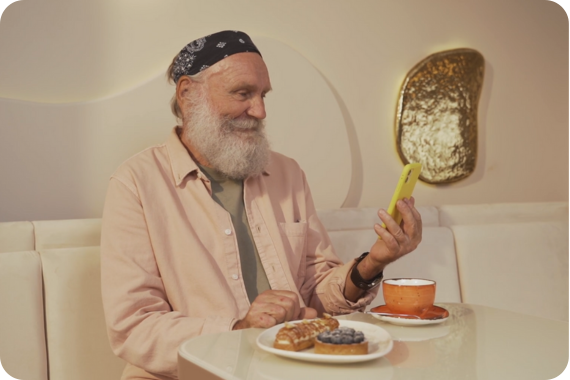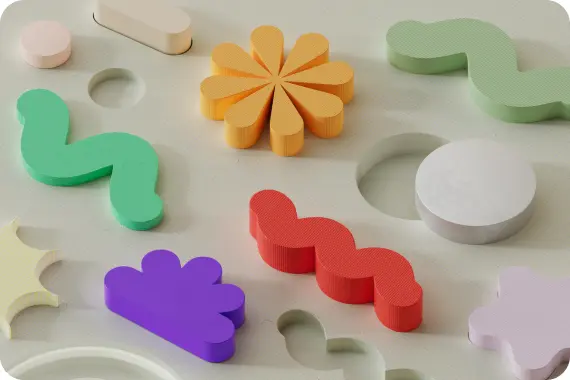
Embodied technology: designing tools that honor our human nature
2025-02-12
What is embodied technology?
Embodied technology starts with a simple truth: our bodies are how we experience the world. From the way we gesture while speaking to how we instinctively reach out to steady ourselves, our physicality shapes every interaction. Embodied technology leans into this reality, creating tools that align with—not fight against—our innate ways of moving, sensing, and being.
It’s why we intuitively swipe photos on a smartphone (like flipping pages) but struggle with obscure keyboard shortcuts. Our bodies crave interactions that mirror the physical world.
A personal story: my grandfather and the smartphone
When smartphones first arrived, I showed my grandfather a photo on my phone. He’d never seen one before—no touchscreens, no apps. But when I handed it to him, he paused, squinted at the screen, and then swiped left. Just like that, he was flipping through my photos.
“How did you know to do that?” I asked. He shrugged.
That moment stuck with me. My grandfather, a man who’d spent decades flipping through photo albums, didn’t need instructions. The swipe gesture made sense because it mirrored a lifetime of physical intuition. That’s the power of embodied design.
Why embodiment isn’t optional
1. Bodies first, users second
Humans navigate the world through touch, motion, and spatial awareness—skills honed over millennia. Technology that ignores this feels alien, like a puzzle with missing pieces. But tools that resonate with our physicality? They vanish into the background, becoming extensions of ourselves.
- Example: Touchscreens succeeded because they mirrored how we interact with physical objects (tapping, sliding). Command-line interfaces, while powerful, demand abstract thinking—a cognitive hurdle.
- LibreTactile in action: Our Tomat Navigator uses tactile buttons and textured surfaces to help visually impaired users “feel” webpage layouts, leveraging the universal human language of touch.
2. Cutting the cognitive clutter
When technology aligns with bodily intuition, we don’t need instructions—we act. This reduces mental strain, freeing users to focus on their goals, not the tool.
- Example: In VR, reaching out to “grab” an object feels natural. Memorizing a keyboard shortcut for the same action does not.
- LibreTactile in action: Our wearable haptic devices use vibration patterns that mimic real-world sensations (e.g., a pulsing rhythm to signal proximity), letting users navigate digital maps by feel, not memory.
The inclusive power of embodiment
Embodied design isn’t just intuitive—it’s equitable. By rooting technology in universal human experiences (like touch or motion), we create tools that adapt to diverse bodies and abilities.
- Example: Eye-tracking software empowers users with limited mobility to navigate screens through gaze alone—a solution born from respecting how their bodies interact with the world.
- LibreTactile’s vision: Our open-source tactile interfaces prioritize accessibility, offering solutions for those excluded by generic technologies.
How to design for embodiment
- Ask: “What does the body already know?”
Leverage innate human actions (e.g., pushing, pulling, tilting) instead of inventing new abstractions. - Test in the wild
Does your fitness app make sense mid-workout? Does your navigation tool work in noisy environments? - Celebrate diversity
Involve users with different abilities, ages, and cultural backgrounds early in the design process.
A future shaped by human bodies
At LibreTactile, we believe technology should bend to humans, not the other way around. My grandfather’s instinctive swipe reminds us that great design doesn’t need manuals—it needs to feel right. By honoring our physicality, we’re not just building better tools; we’re building tools that remind us what it means to be human.
Ready to design with empathy? Explore our projects to see how we’re turning embodiment into innovation—one tactile interaction at a time.
Keep exploring
Check out these related posts for more insights and inspiration.
Want more insights like this?
Subscribe for exclusive blog previews, open-source toolkits, and invites to community co-design


